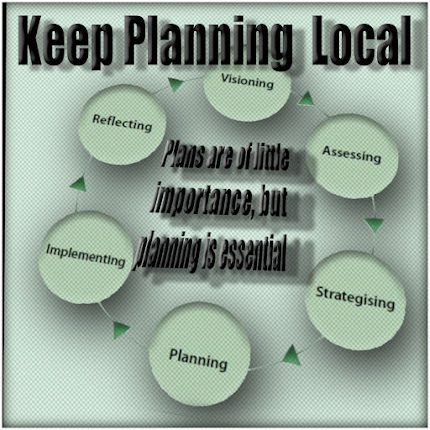I am writing to you on behalf of Heritage Protection Society (Tasmania) Incorporated [HPST] to ask you to defend the rights of Tasmanians to have a say in their Tasmanian planning system.
For the reasons outlined below, we are asking you to respond to us to commit to keeping planning within Local Councils, commit to allowing the current implementation of the Tasmanian Planning Scheme to run its course and commit to maintaining a robust planning appeals tribunal, and in particular, to refuse the proposal for security for cost orders.
1. Commit to keep Planning within Local Councils HPST agrees with the 60+ organisations that comprises Planning Matters Tasmania, that a fundamental but unstated intention of the Liberal Government’s planning changes is likely to be to remove planning from local councils with more centralised control and less local community voices.
This issue is as big, if not even bigger, than amalgamation. We want to keep planning local. - Commit to keeping planning within local councils – keep planning local.
There may be problems with how councils make planning decisions but these can and are being addressed without resorting to such a dramatic and undemocratic change.
Councils can represent their ratepayers and their community voices; they have local knowledge, understand local character and infrastructure needs.
A planning panel in Launceston or Hobart may not make the best planning decisions about the northwest coast for example.
2. Commit to allowing the current implementation of the Tasmanian Planning Scheme (TPS) to run its course HPST understands that the Land Use Planning and Approvals Amendment (Tasmanian Planning Scheme Modification) Bill 2020 allows for the fast tracking of the implementation of some components of the TPS putting the places that you love at risk.
This Bill is likely to be debated in the first Parliamentary session after the state election. Please reject/amend this Bill for the following reasons:
- The Gutwein Government looks to be fast tracking components of each Council’s Local Provisions Schedule (LPS), the critical final step in the implementation of the TPS. This would result in less community input on local character and greater ministerial power. The current process should be allowed to run its course.
- A new process will also circumvent public input on substantial modifications of a draft LPS. Proponents of developments like Cambria Green could use this process to obtain new zoning to allow for their development without any community input.
- These changes sadly represent a broken promise made by Peter Gutwein who committed to giving the community a real say in protecting local character through the LPS process.
- These changes will also make the planning system more complex, confusing and uncertain resulting in poorer planning outcomes for the community and developers.
This Bill is likely to be debated in the first Parliamentary session after the state election. Please reject/amend this Bill for the following reasons:
- Please oppose the Gutwein Governments proposed changes to the planning appeals process, in particular, to refuse the proposal for security for cost orders. This is nothing more than applying a gag to ordinary citizens and community groups and will make it prohibitively expensive for the average person or community group to appeal developments.
- Please commit to a robust planning appeals tribunal, which is fundamental to a healthy democracy – appeal rights ensure that the community has a say over its future. Ensure that a proper compulsory mediation system is implemented before a matter is referred to a Full Hearing so as to better ensure that affordable and fair outcomes occur.
Tasmania already has Major Projects legislation that has NEVER been utilised, and so why is there now any justification to create it all over again. Too much is being concealed behind a phoney justification for the State to make concessions with fast tracking of projects and approvals because of promoted excuses that the Coronavirus “crises” has justified this.
We see no evidence that there is any justification to give up our democratic rights as a community or to hand more exclusive powers over to megalomaniac ministers.
Thank you for considering this request and we look forward to your reply.
Yours sincerely,
Lionel Morrell
President of Heritage Protection Society ((Tasmania) Incorporated 41 High Street East Launceston Tasmania, 7250, Australia
This email was sent by Lionel Morrell as President of Heritage Protection Society (Tasmania) Incorporated email address (li82303@bigpond.net.au)














